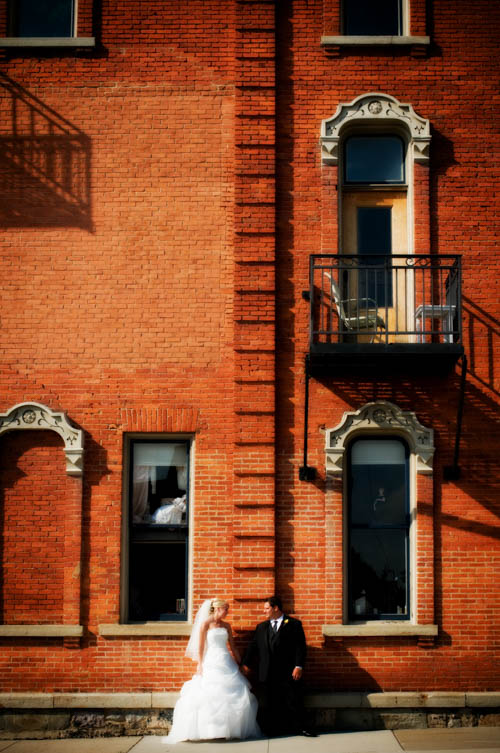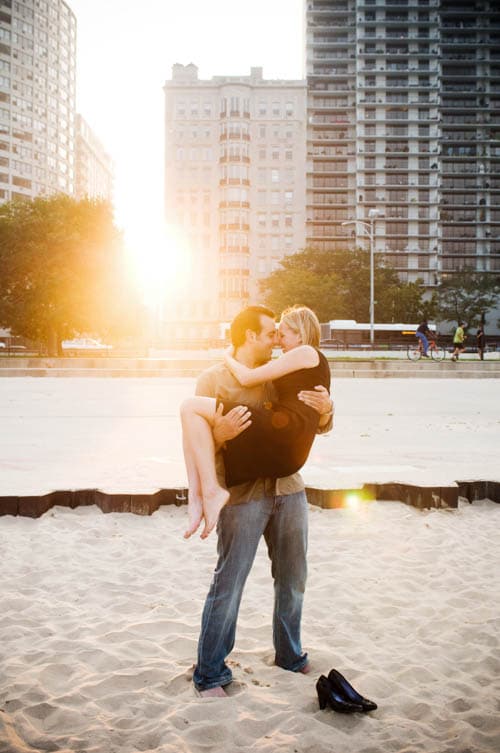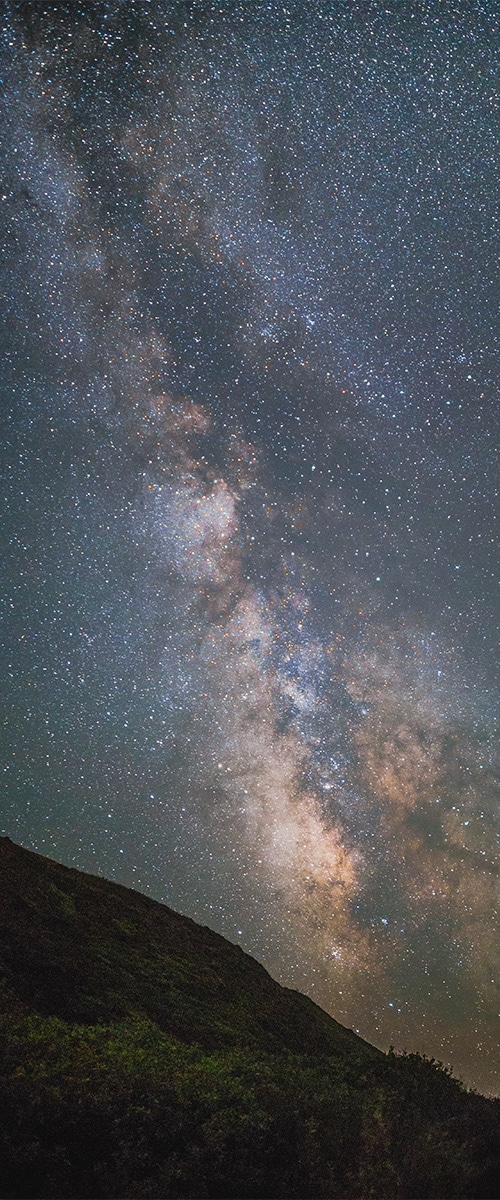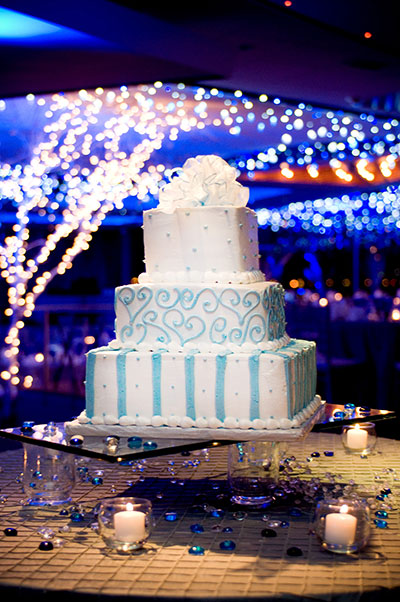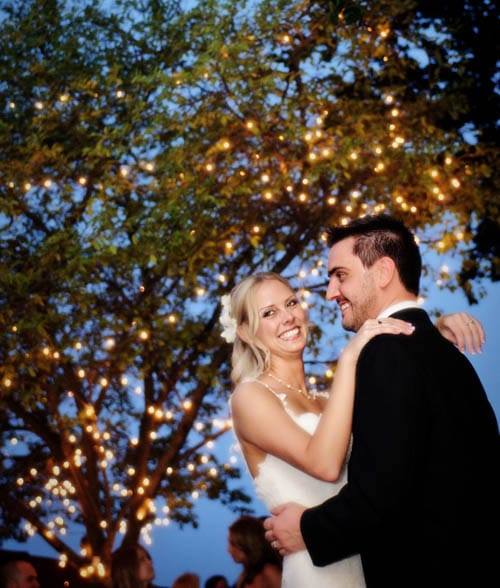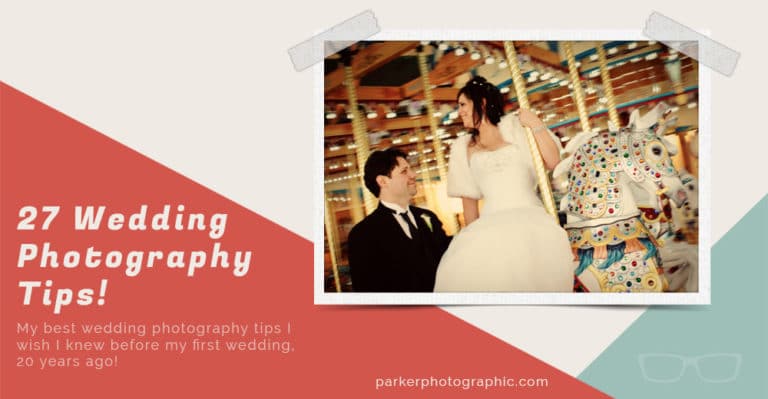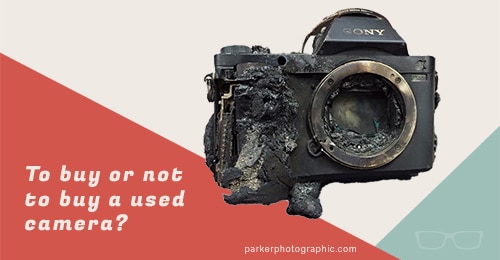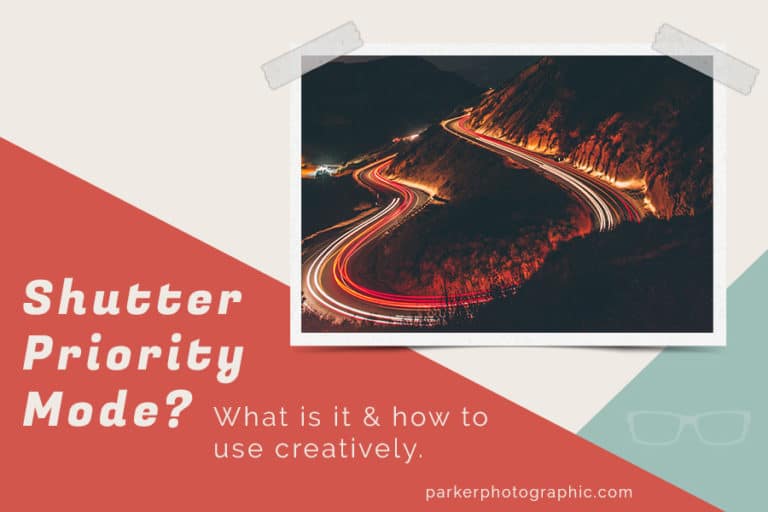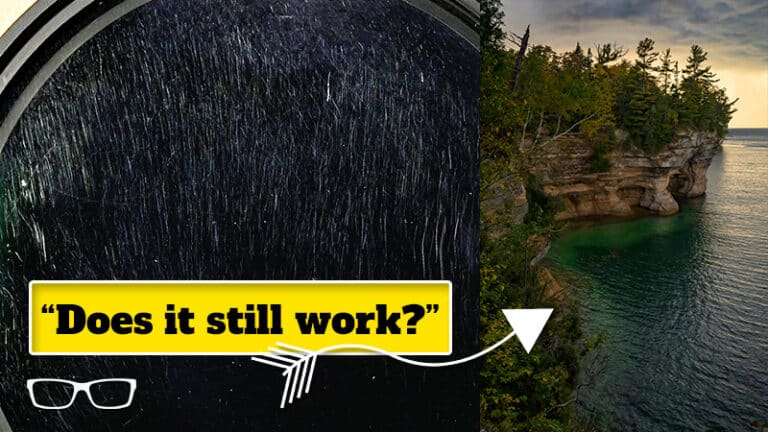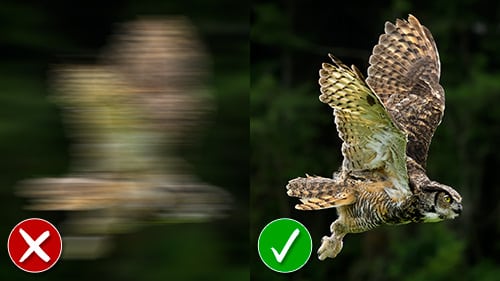What is Ambient Light Photography?
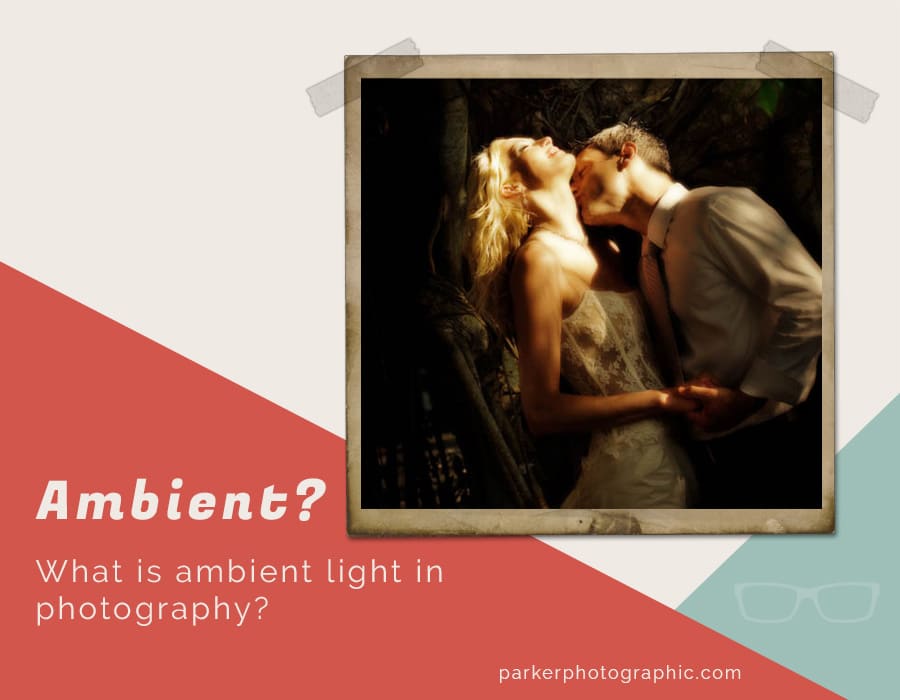
Term: Ambient Light
Description: Ambient light refers to the light that is already present at a scene before any additional light is added. Ambient light can be both natural light and artificial light.
In essence, ambient lighting is any light that you did not bring with you, add, or modify before capture. Also, outdoor ambient light is often referred to as natural light.
Table of Contents
3 Types of Ambient Light Photographers Should Know How to Use
We’ve already established that ambient light consists of both artificial light and natural light. Now, let’s explore three types of ambient light you can use in your photography. Oh, and I’m going to share some tips for each ambient light source too.
Sunlight
The almighty sun is the ultimate source of (ambient or natural) available light. It is responsible for lighting the majority of our photos.
Unless, of course, you specialize in studio photography. Even then, you can utilize the sun to illuminate your project with window light.
The sun is also responsible for several characters of light and behaviors of light. The direction of this natural light and its intensity can shape your photo to help you fulfill your creative vision.
Tips on utilizing sunlight for portrait photographers
Since using sunlight is a broad topic, it’s impossible to cover everything in this one article. So, I’m going to keep it short and sweet for now.
Sunlight can be harsh at certain times of the day. Mid-afternoon, for example.
- If shooting at mid-afternoon is unavoidable, I’d recommend moving your subject into the shade.
- If that’s not possible, then try and wait for the sun to be blocked by a passing cloud.
- If your sky is void of any clouds, your last option is to shoot your subject with their back against the sun.
Each one of those options will eliminate the harsh sunlight and will provide better, flattering light for your photo and subjects.
Moonlit + Stars
Astrophotography is the art of photographing anything in space. At the same time, those stars and our moon can light your night-time landscapes.
Since you didn’t bring or add the moon and stars to the scene, this is considered natural light.
Tips for photographing landscapes lit by the moon & stars
To utilize this ambient light source, you’ll need to bring along a tripod. This is due to the low intensity of the ambient light and the need for a (very) slow shutter speed.
Yes, you could use an extremely high ISO to increase the shutter speed so you can hand-hold the shot. However, your image will be degraded with an excessive amount of digital noise.
Another thing you’ll have to consider is your aperture. Using a larger aperture, like f/1.8 or f/2.8, will allow more ambient light to enter and may negate the need for an extremely slow shutter speed.
Man-Made Light
Man-made ambient light consists of any lighting fixture already present in your environment.
Although a studio strobe is man-made, it’s not considered ambient light since you added it to the environment.
When is a lamp considered ambient and not ambient?
Well, now we’re going down a rabbit-hole of technicalities.
But, “technically,” a table lamp is considered ambient light if it’s already there. If you bought the lamp specifically for your next photo shoot, then it’s not ambient light… “technically.”
Tips for using (existing) man-made ambient light
An often overlooked camera setting that a lot of photographers forget about is white balance. This isn’t as big of a deal if you’re a RAW shooter vs. a JPG shooter.
If you shoot in RAW, it’s a quick and easy fix in post-production. Not so for JPG shooters.
Either way, you’ll want to capture the correct white balance in-camera for the best results. Either use the included preset white balance options your camera has or dial in the exact Kelvin temperature for the scene.
This is easier said than done if you’re new to photography and aren’t familiar with “white balance.”
It’s something you’ll need to learn and master if you want to excel in photography.
Artificial and “natural” light was used to illuminate the cake. Are the candles ambient or not? Technically they are. Here’s why. The candles were placed by the baker and not by me.
This image consists of three light sources: artificial tree lights, moon lit, and off-camera flash. Which one is not ambient?
What's Next?
The biggest challenge new photographers have is understanding the relationship between aperture, shutter speed, and ISO to get a well balanced exposure in-camera. Here are some guides that will help you master “exposure.”
What is Aperture in photography?
What is ISO in photography?
What is Shutter Speed in photography?
Light is an important element for maximizing texture in your images. Check out the 7 key ingredients for light in photography to master light in photography.
Let’s not forget: What is White Balance?


